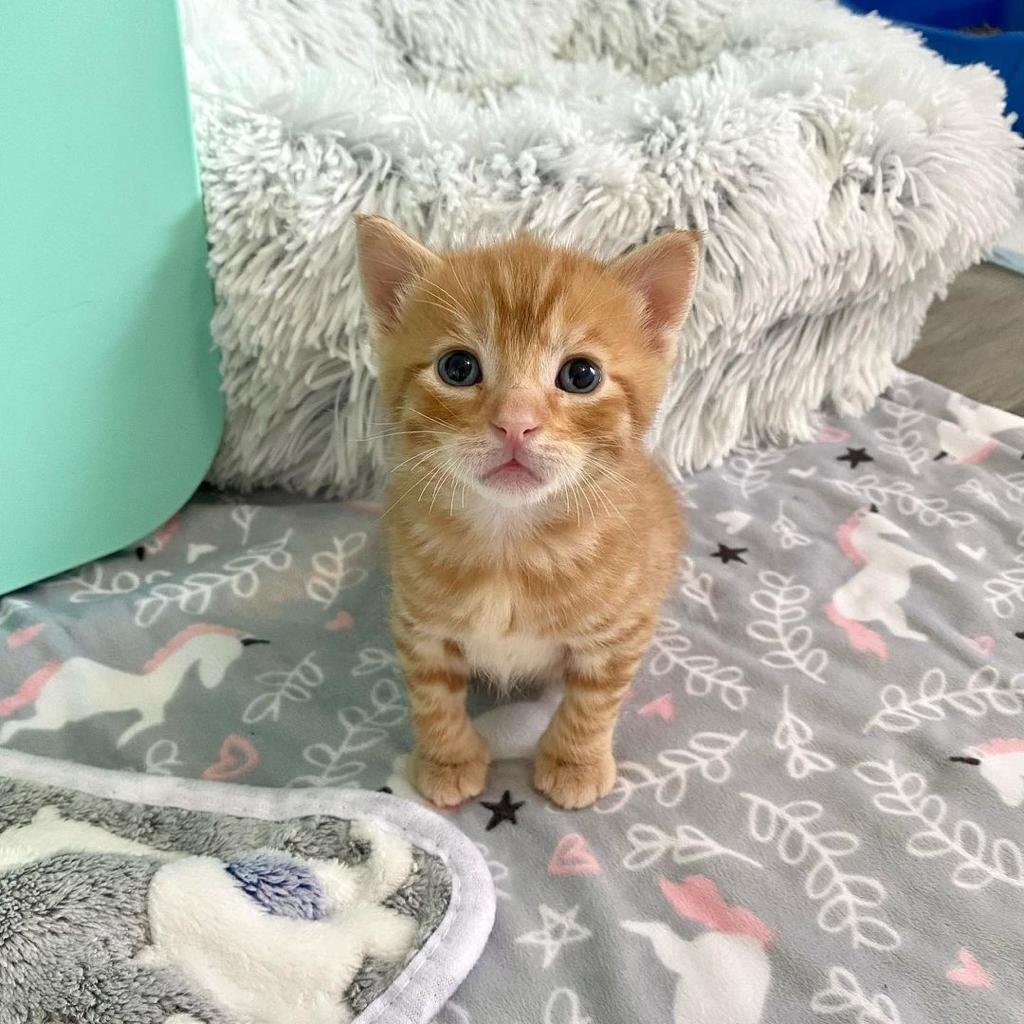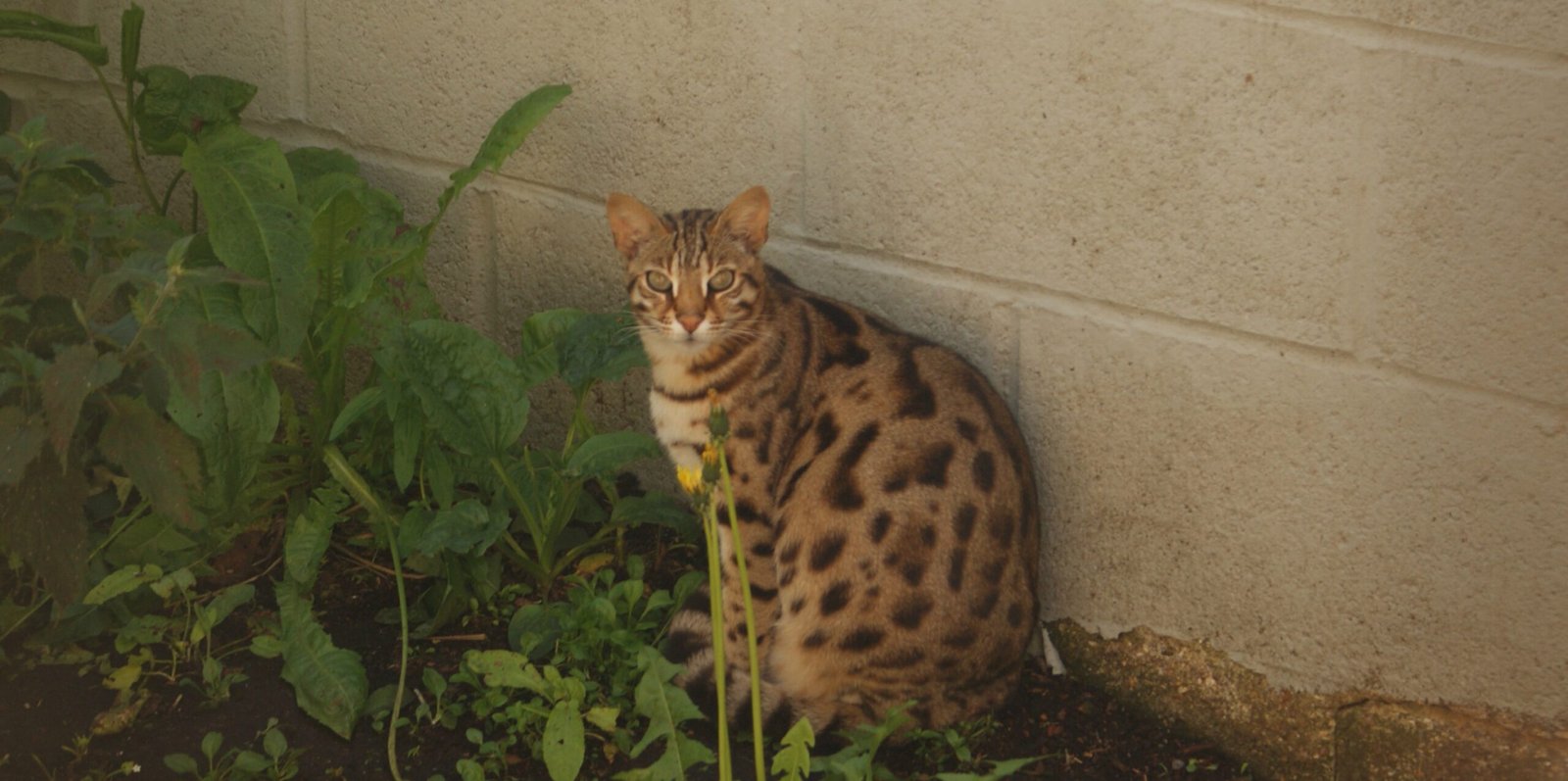Building trust with a shy cat can be a rewarding journey, filled with gradual progress and heartwarming moments. Whether you’ve adopted a timid feline friend or are trying to bond with a shy neighborhood visitor, understanding their world is crucial. Cats, much like humans, have their personalities and histories. Knowing how to approach them gently can make a significant difference in developing a deep bond. The journey might require patience, but the rewards are endless, as a trusting relationship with a cat can be truly magical.
Understanding the Nature of Shy Cats
Shy cats are often misunderstood creatures. Their reserved nature can be a result of past experiences, genetics, or a combination of both. Much like humans who are introverted, these cats may find comfort in solitude and appear aloof. It’s essential to acknowledge that their behavior isn’t a reflection of dislike, but rather a need for safety and security. Understanding this nature is the first step toward building trust. Observing their behavior and body language can provide insights into their comfort levels and help you adjust your approach accordingly.
Creating a Safe Environment

A cat’s environment plays a crucial role in how they perceive safety and comfort. To make a shy cat feel at home, ensure their space is quiet and free from sudden loud noises. Provide them with cozy hiding spots where they can retreat when they feel overwhelmed. These can be simple boxes, shelves, or dedicated cat furniture. By allowing them the option to hide, you’re respecting their need for privacy, which in turn builds trust. Additionally, maintaining a consistent routine can further cement their sense of security.
Approaching with Patience and Calmness
Patience is indeed a virtue when it comes to bonding with a shy cat. Sudden movements or loud voices can easily startle them, reinforcing their wariness. Approach them calmly, speaking in a soft tone. Allow them to come to you at their own pace. This might mean sitting quietly in the same room without trying to engage them directly. Over time, they will start associating you with safety, leading to increased trust and curiosity about your presence.
Using Treats as a Bridging Tool
Treats can be a powerful tool in building trust. Start by placing treats at a distance, allowing them to approach on their own terms. Gradually, reduce the distance, rewarding them for their bravery. This positive reinforcement helps them associate your presence with pleasant experiences. Remember, the goal isn’t to bribe, but to create a positive association. Choose treats that are safe and healthy, ensuring they don’t upset your cat’s diet.
Engaging in Gentle Play

Playtime is a wonderful way to break the ice with a shy cat. Choose toys that allow distance, such as feather wands or laser pointers. These toys engage their natural hunting instincts without forcing direct interaction. Over time, their comfort with play can translate into comfort with you. As they become more confident, you can introduce toys that require closer interaction, gradually building a playful bond.
Respecting Their Boundaries
Respecting a shy cat’s boundaries is paramount. Pushing them to interact when they’re not ready can result in setbacks. Always watch for signs of discomfort, such as flattened ears or a swishing tail. If they retreat, give them space without pursuing. This respect shows them that you care about their feelings and are willing to wait until they’re ready, strengthening the trust between you.
Providing Consistent Care

Consistency in care helps build a stable foundation for trust. Regular feeding times, clean litter boxes, and grooming sessions are ways to show your reliability. These routines reassure your cat that their needs will always be met, fostering a sense of security. Over time, they will learn to associate you with these positive daily experiences, building a deeper bond.
Communicating Through Body Language

Cats are experts at reading body language, and humans can learn to communicate in this silent language too. Slow blinking is a universal sign of trust and affection in cats. Mimicking this behavior can convey your intentions. Similarly, allowing them to sniff your hand before attempting to pet them is a respectful gesture. Understanding and using these cues can bridge the gap between human and feline communication.
Introducing Familiar Scents
Scent plays a significant role in a cat’s world. Introducing familiar scents can make them feel more at ease. You can rub a soft cloth on your hands and leave it near their favorite spots. This subtle introduction allows them to get used to your scent without direct interaction. Over time, they will associate this scent with safety and familiarity, aiding in building trust.
Gradual Physical Interaction
Physical interaction with a shy cat should be gradual and respectful. Start with brief, gentle touches on areas they are comfortable with, like the top of their head or back. Always watch for signs of acceptance or discomfort. As they become more receptive, you can slowly increase the duration and areas of petting. Remember, every cat has unique preferences, so it’s essential to adapt to their comfort level.
Encouraging Exploration

Encouraging a shy cat to explore can help build their confidence. Create a safe and stimulating environment with toys and interactive elements. This can include scratching posts, climbing structures, or puzzle feeders. As they explore and become familiar with their surroundings, their confidence grows, translating into a more trusting relationship with you.
Building a Routine
Routines provide a sense of security and predictability for shy cats. Establishing a regular schedule for feeding, playtime, and quiet time can help them feel more at ease. Over time, they will learn to anticipate these activities, reducing anxiety and increasing trust. Consistency in your actions shows them that they can rely on you.
Utilizing Positive Reinforcement
Positive reinforcement is a powerful tool in building trust. Rewarding desired behaviors with treats, praise, or gentle petting reinforces their actions. This technique encourages shy cats to engage more and seek out positive interactions. Over time, they will associate these rewards with your presence, strengthening the bond between you.
Creating a Bond Through Grooming

Grooming can be a bonding experience for shy cats. Start with gentle brushing, focusing on areas they enjoy. Over time, grooming sessions can become a comforting routine, enhancing trust. It’s essential to be patient and responsive to their cues, stopping if they show signs of discomfort. Through grooming, you can develop a deeper connection with your feline friend.
Understanding Their Fears
Understanding the fears of a shy cat is crucial in building trust. Observing their reactions to different stimuli can provide insights into what triggers their anxiety. Whether it’s certain sounds, people, or objects, identifying these fears allows you to create a more comfortable environment. By addressing their fears, you show them that you care about their well-being, fostering trust.
Encouraging Socialization with Other Pets
If you have other pets, encouraging positive interactions can benefit a shy cat. Introduce them gradually, allowing them to observe each other from a distance. Over time, they may become curious and engage in play. Positive social interactions can boost their confidence and help them realize that they are part of a safe and loving environment.
Monitoring Progress
Monitoring the progress of your shy cat is essential in understanding their journey. Keep track of their comfort levels, interactions, and any changes in behavior. This information can guide your approach and help you make necessary adjustments. Remember, every step forward is a victory, and recognizing these milestones can boost your confidence in building trust.
Celebrating Small Victories
Celebrating small victories is an important aspect of building trust with a shy cat. Every positive interaction, no matter how small, is a step toward a stronger bond. Whether it’s a gentle headbutt or a purr, acknowledging these moments reinforces the progress you’ve made. Celebrating these victories can also motivate you to continue your efforts.
Being Patient and Persistent

Building trust with a shy cat is a journey that requires patience and persistence. Some days may be more challenging than others, but consistency is key. By remaining patient and persistent, you show your cat that you’re committed to their well-being. Over time, this dedication will be rewarded with a trusting and loving relationship.
Recognizing When to Seek Professional Help

In some cases, a shy cat may have deeper behavioral issues that require professional intervention. If progress is slow or if their anxiety is severe, consulting a veterinarian or animal behaviorist can provide valuable insights. These professionals can offer tailored advice and strategies to address specific challenges. Seeking help shows your commitment to providing the best care for your feline friend.
Hi, I’m Bola, a passionate writer and creative strategist with a knack for crafting compelling content that educates, inspires, and connects. Over the years, I’ve honed my skills across various writing fields, including content creation, copywriting, online course development, and video scriptwriting.
When I’m not at my desk, you’ll find me exploring new ideas, reading books, or brainstorming creative ways to solve challenges. I believe that words have the power to transform, and I’m here to help you leverage that power for success.
Thanks for stopping by, Keep coming to this website to checkout new articles form me. You’d always love it!



